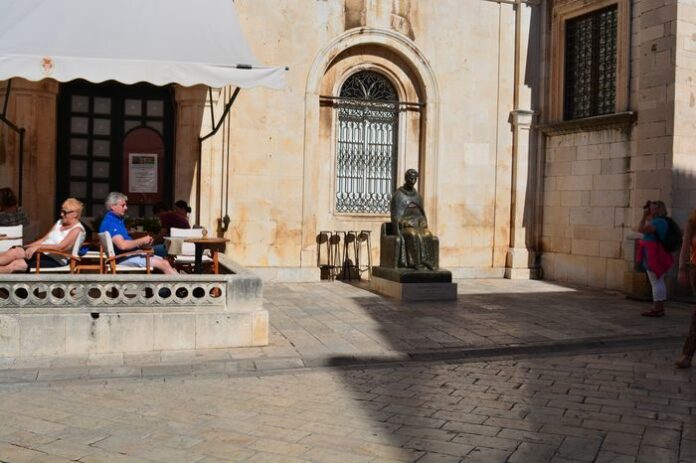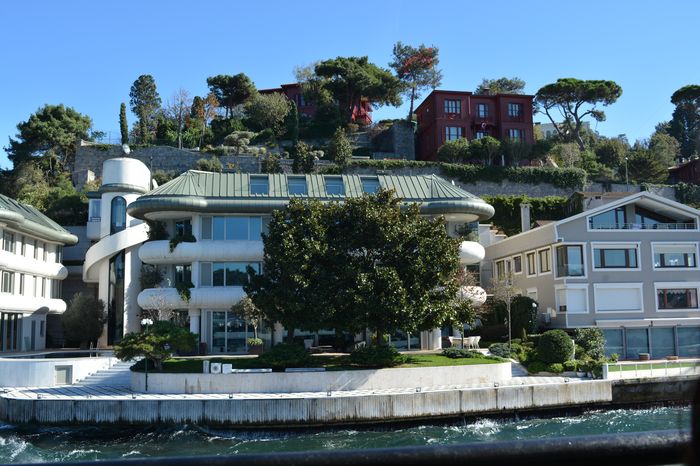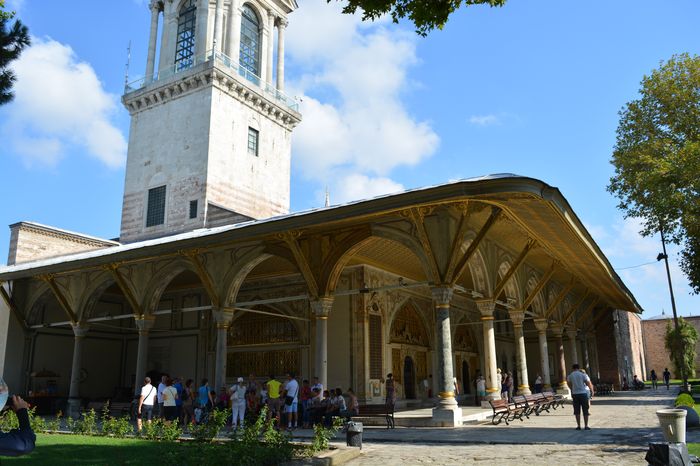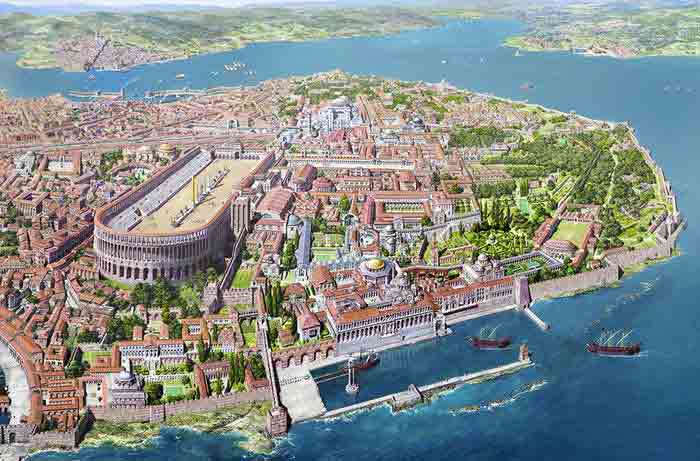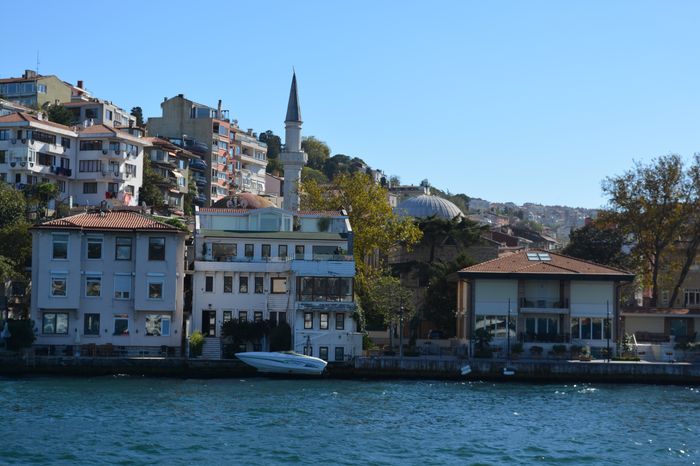Who Was in Charge?
The question of how long it took to rebuild the walls of Constantinople is not the only issue raised by the inscriptions. Another important question is who was responsible for overseeing the work. According to the inscriptions and the historian Marcellinus Comes, the official in charge of the construction was Constantine. However, other historians, such as Theophanes, credit the work to Cyrus, the Prefect of the City. This creates a conflict in historical records, and scholars disagree on how to resolve it The Strength of Constantinople’s Walls.
Different Views on Who Led the Construction
Some historians try to solve this problem by suggesting that Constantine and Cyrus were the same person, or that they may have had overlapping roles. Other scholars argue that these references refer to different times when the walls were repaired, and thus they were carried out by two different people on separate occasions.
Who Was Cyrus?
Cyrus was an important figure in Constantinople’s history during the reign of Theodosius II. He was known for his ability and honesty, which earned him the position of Praetorian Prefect and Prefect of the City for four years. His administration was highly regarded, and he was very popular for his work Personal Sofia Tours.
During his time as Prefect, Cyrus was responsible for overseeing several major projects. One of the most important tasks he managed was the construction of the new walls along the shores of Constantinople in 439. His work was needed after a series of fires and earthquakes that had devastated the city in the early years of the 5th century. These disasters provided him with a chance to improve the city, and he took the opportunity to supervise the reconstruction of important buildings.
Cyrus’s Role in Civic Improvements
Besides his role in rebuilding the walls, Cyrus was involved in many other civic improvements in the city. He was known to inspect public works regularly, often traveling around the city in his chariot to check on the progress of construction projects. One notable project he oversaw was the restoration of the great Bath of Achilles, which had been destroyed in a fire in 433.
Another significant contribution Cyrus made was introducing the practice of lighting the streets and shops at night. This improvement helped make the city safer and more livable during the dark hours.
Cyrus’s Literary Interests
In addition to his work in the government, Cyrus was a man of culture. He was a poet and had a literary side. One of his admirers was Empress Eudoxia, who was also a poet. Cyrus was involved in the ongoing debate between Greek and Latin as the official language of the government. He supported the use of Greek, and his decrees were issued in that language. This stance earned him the nickname “Our Demosthenes” from the conservative historian Lydus, who viewed him ironically.
